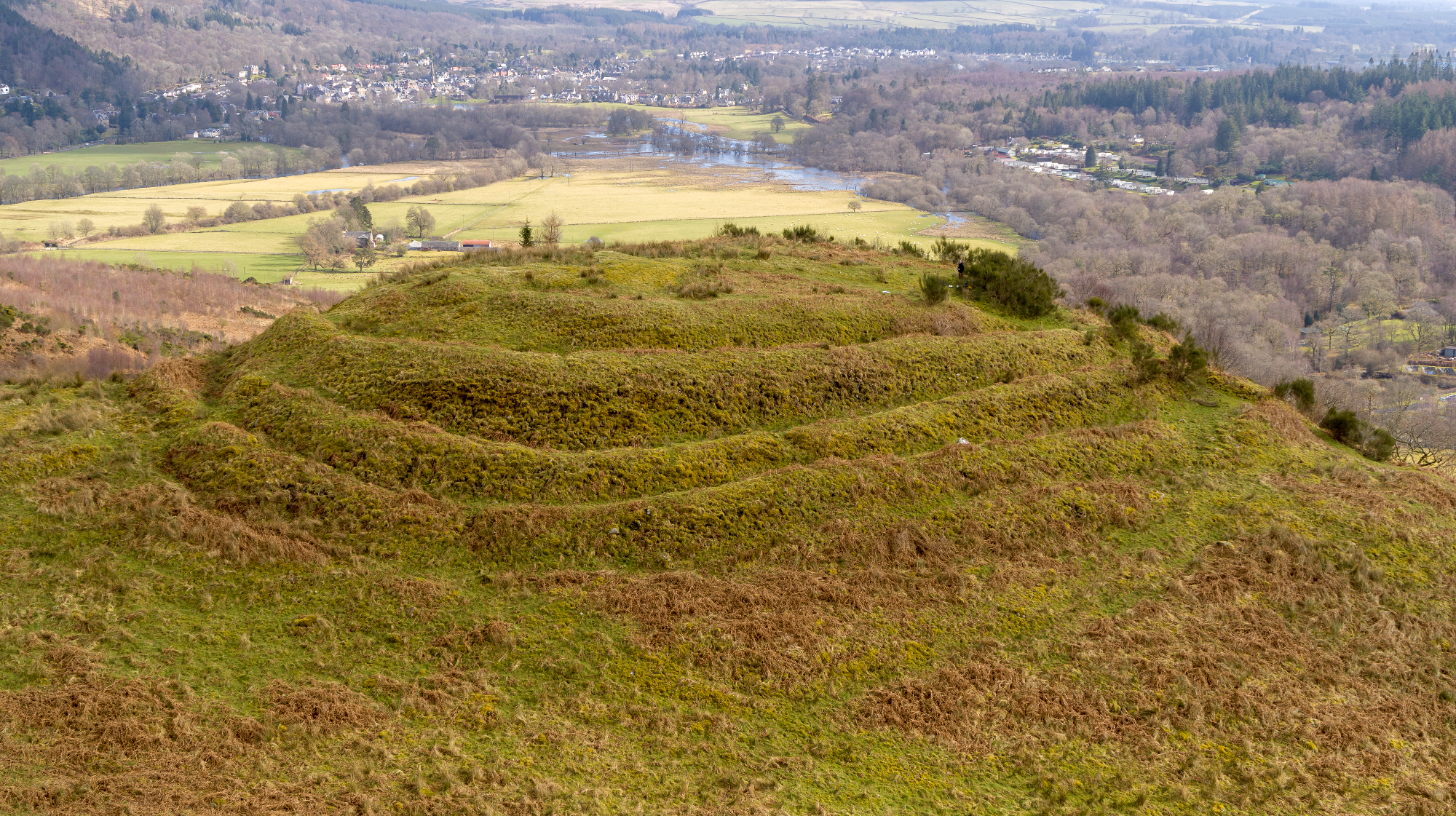
Activity: DIY Iron Age Pottery
This activity offers a great opportunity to get a bit messy while learning about archaeology at the same time. You will need a bag of airdrying clay; a 12.5kg bag should be enough for one class to make a small pot each.
Duration
30-45 minutes
Materials
Air-drying clay
Tools for decorating your pottery - you can use proper tools for working with clay, and/or gather objects from around the classroom or the playground which will make an interesting shape when pressed into the soft clay.
Small pots of water to use if the clay becomes dry while working with it
Cloths and water for cleaning up
Background Information
People have been making pottery in Britain since around 6000 years ago, during the Neolithic period. In the Iron Age, pots were built by hand rather than on the wheel, which wasn’t introduced until the Roman period (during the first half of the first millennium BC). Pottery made from locally-dug clay was formed by hand and fired in open fires rather than in ovens/kilns. Most Iron Age communities were pretty self-sufficient, making their own pottery as just one of their everyday craft activities. In some parts of Scotland, people seem to have favoured other materials such as wood over clay for making their vessels.
Pottery vessels were used for preparing, cooking and storing food. They were used at the edges or in the embers of an open fire - we often find sooty deposits built up on the outside of sherds of pottery, showing that they had been used in this way. Iron Age hearths often have a few very flat stones around the edge, providing a level surface on which food vessels could sit. Liquid foodstuffs might have been heated by dropping hot stones known as ‘pot-boilers’ directly into the full pots. Flat stones shaped into circles may have been used as lids to keep for hot and seal the top. Archaeologists can even apply special analyses to the residues left behind on the insides of pots to find out what they were used for; this might reveal that a vessel once held dairy products, meat, or leafy plants, for example.
Iron Age pottery was quite utilitarian in nature: thick-walled, coarse-textured, and often not particularly attractive! It was an everyday item that fulfilled a specific purpose. However, it was often decorated with incised, impressed or applied decoration (applied decoration being where shaped pieces of clay are added to the surface of the pot to create a raised design).
You might like to start by showing your learners a bit of information about Iron Age pottery. This video from Tyne and Wear museums is a good introduction.













